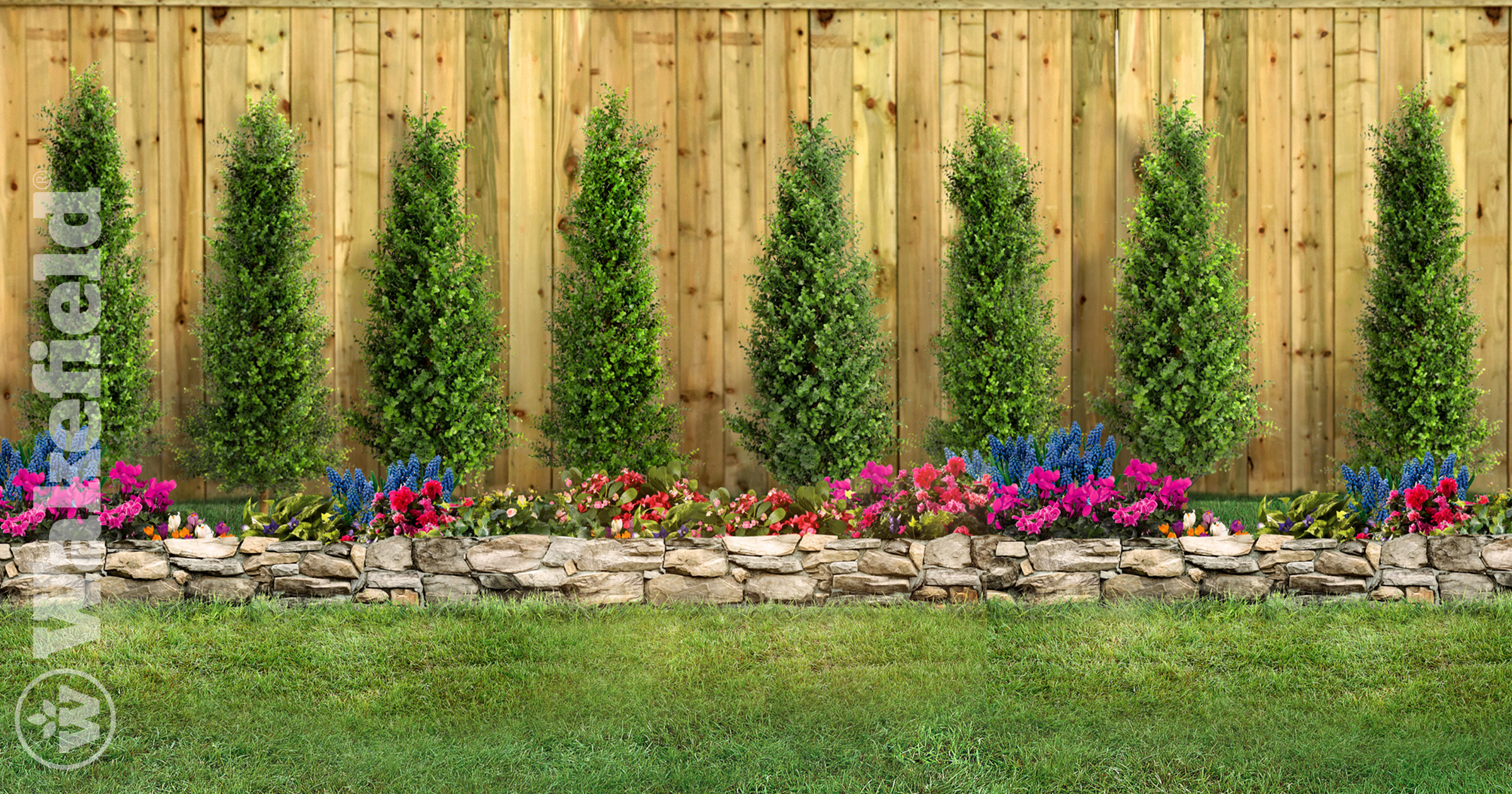How to use Biochar for Landscaping

Landscaping success depends on good soil quality. Biochar works in any type of soil but is especially useful for soils requiring improvement. When landscaping with biochar, you will find the soil delivers more nutrients and water to your trees and shrubs so they can flourish. Biochar also makes less work for you!
Our premium biochar treats soil concerns ranging from erosion to the soil’s water retention ability. Landscaping with biochar can mean that your trees and shrubs do well even in marginal soils.
What Is Biochar?
The use of biochar to increase soil fertility is an ancient practice. It dates back 2,500 years when indigenous people in the Amazon Basin cut plant material, set it afire, and let it smolder. The resulting Terra Preta, or Black Earth, was vastly more fertile than the generally poor jungle soils. It remains so to this day.
Modern biochar is created using pyrolysis, the process of burning organic materials at high temperatures in an oxygen-free environment. At Wakefield, we use virgin wood scraps from Forest Stewardship Council-certified forests in the USA to create our biochar.
It is vital to understand what biochar is and what it is not. It is not a fertilizer but a soil amendment. Biochar possesses properties allowing it to absorb and hold pollutants, including heavy metals, and aid the soil in breaking down toxins. That makes it well-suited for restoring depleted and contaminated soils.
Biochar does not degrade, and its beneficial effects can last for centuries.
How Does Biochar Benefit Landscaping?
When using compost and biochar for landscaping, you are applying a soil amendment that may last for literally thousands of years. There is less need for fertilizer. Because of biochar’s water retention capabilities, shrubs can do well even in times of drought.
Increased growth
Biochar increases soil fertility so that your trees and shrubs can thrive. Your new plantings should grow faster and appear more healthy than those grown in similar soils without biochar.
Increased pest and disease resistance
Biochar can suppress insect pests and nematodes. It combats plant parasites by changing soil microbial diversity as well as boosting plant defenses.
Increased nutrient retention
The porous nature of biochar permits soil to retain nutrients better. While not a source of nutrients per se, biochar provides the environment that supports a healthy ecosystem so that your trees and shrubs can develop well and grow.
Improved soil structure
Soil structure is the way aggregates, or soil particles, are arranged. Good soil structure allows for smooth air and water flow. This permits plants to put down healthy roots. Poor soils do not allow for adequate water and air penetration. Putting down roots becomes more difficult for plants.
Biochar improves soil structure by increasing aeration and reducing density and hardening.
Beneficial microbes
When improving soil structure, biochar helps build up the number of beneficial soil microbes. For example, biochar increases mycorrhizal fungi, an organism that works with root systems to increase nutrient absorption and water retention.
Carbon sequestration
In an era in which climate change threatens the planet, biochar can help. Manufacturing biochar from biomass removes carbon dioxide, the greenhouse gas most responsible for global warming. When more carbon dioxide is added to the atmosphere, the planet’s natural greenhouse effect accelerates. The result is the rise in global temperatures.
For every pound of biochar applied, approximately 2 pounds of carbon dioxide is removed.
How to Use Biochar for Landscaping
When using biochar for landscaping, it is critical to apply biochar properly and in the correct amounts. Here are some tips on how to use biochar when growing shrubs, trees, and flowers:
How much biochar to use
When planting new trees and shrubs, consider the area in which the roots will grow. Add enough biochar to make this soil amendment roughly 10 percent by volume of the mix in the root zone.
Adding extra biochar does not increase its effectiveness. Once biochar is applied to the soil, it remains there literally for centuries.
When to apply biochar
Fall to early spring, the dormant season, is the best time to plant trees and shrubs. Planting in fall allows the trees and shrubs to establish their root systems before winter.
While the early spring is the ideal time to apply biochar, there is no wrong time. Early spring is preferred because biochar boosts beneficial soil microbial activity and that is the season when microbes create the best environment for your landscape plantings.
Early spring is a good alternative to fall planting but biochar improves soil conditions whenever it is applied.
How to apply biochar
For best results when landscaping with biochar, mix the soil conditioner into the soil five to seven days prior to planting. For the next five to seven days after planting new trees or shrubs, water enough to keep the soil moist.
Learn More From Wakefield BioChar
Learn more about the benefits of biochar and how to use biochar in your landscape design. Enjoy the positive effects on your landscaping resulting from biochar and the knowledge you are using sustainable methods for soil improvement.





